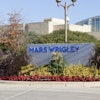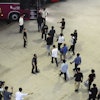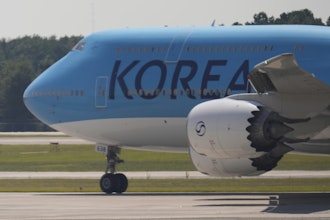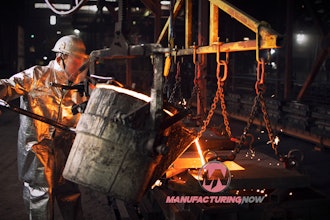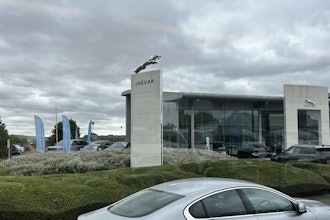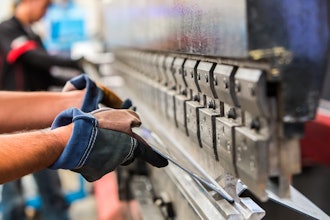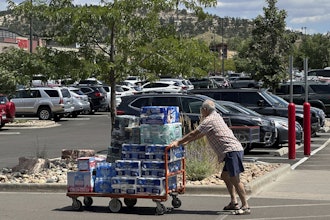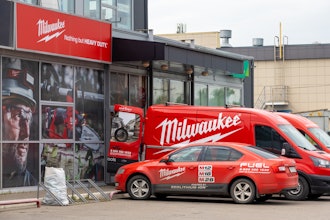For over 50 years, the application of Infrared (IR) technology has grown and expanded to the point that it is not only used for power plant electrical systems and military applications, but is now being applied in all types of manufacturing facilities. Manufacturing facilities that now use, or are beginning the implementation of using, IR technologies include food manufacturing facilities.
IR inspections have many applications in food manufacturing facilities, including electrical systems, steam systems, rotating machinery, and process systems. An excellent example of where IR inspections can provide value to mechanical equipment and process systems is baking ovens, specifically the ovens that are designed to bake product at a fast rate and operate for extended periods of time. Failures on this piece of equipment severely impact the facility’s reliability and profits.
Due to the high temperatures within the oven, quickly and safely performing maintenance is not always possible. A balance of heat must be kept to ensure proper baking of dough. Once heat begins to escape the oven, operators must make important decisions quickly to retain quality attributes. However, since the oven is not in balance, the operators are making these adjustments blindly, all the while trying their best to ensure high quality products. In the process of tweaking the equipment, defective product is produced, resulting in lost revenue, customer service issues, and potentially lost sales.
IR inspections are one of the applicable CBM technologies that can be used efficiently and effectively to help anticipate and trend many of the possible oven failures. The most attractive benefit of IR inspections is the fact that no downtime is needed to perform the inspections. IR inspections are “real time” inspections, meaning the equipment must be operating continuously at normal load.
Using an IR camera on the oven shell itself can reveal many faults—For instance, damaged insulation or gaps in the shell, both of which will allow heat to escape. Although this may not affect product output, it may increase operational costs of the oven due to the increased burner operation required to maintain internal temperatures. Burners themselves can also be inspected using IR.
The most common failure, and one of the most costly, is a gasket failure. The reason that this failure is so costly, considering it is an inexpensive part, is because often no one is aware of the failure. While this condition exists, more heat is escaping and additional energy is used to maintain internal temperatures. Though this failure is small and appears not to affect the overall system and energy consumption, it does add up over time. For example, performing a quarterly IR inspection on oven burners may reduce long-term operation of failed burner gaskets by minimizing increased natural gas consumption. Using an average industrial natural gas rate for Pennsylvania, at $9 per 1,000 cubic feet, a single gasket leak of 9 Cubic Feet per Minute (CFM) can add up to 3,784,320 cubic feet of additional natural gas consumed in a year of operation (80% run time). This amounts to an average of approximately $34,058 of additional natural gas to maintain oven temperature per operational year.
Additional components of the oven that can be inspected periodically with IR are the rollers. Inspecting the oven’s roller bearings using IR is just like using IR to inspect any other type of roller bearings, with one exception: oven temperatures must be taken into consideration. Under-lubrication, lubrication breakdown, and over-lubrication of bearings are probable causes of increased internal bearing temperatures, which can be observed with IR. Bearing defects also create additional friction, which increases overall temperature or causes hot spots within the bearing. Although vibration analysis is an effective technology for determining the condition of bearings, the roller bearings in bakery ovens only rotate at speeds of 54 to 89 rpm. At this slow speed, vibration analysis is not an effective method by itself and should not be considered an efficient step. Considering the length of time needed to collect vibration data on a slow speed bearing, a vibration reading on one bearing could be an average of 90 seconds, depending on the type of data being collected. Most ovens have an average of 75 rollers (based on product being baked), and the total number of bearings can reach 150. At 90 seconds each, the total time required to collect data on oven bearings can reach almost 4 hours. However, collecting IR data on the same bearings allows you to do this same inspection in less than an hour, leaving more time for an analyst to collect data on additional equipment.
While completing an IR inspection is a great step, it means little without reporting the findings correctly and in a timely manner. IR images are a very effective reporting tool and can be easily displayed and understood. Keeping records of trends of a particular component is beneficial and provides information for continuous improvements of equipment, as well as further on-site training of personnel.


